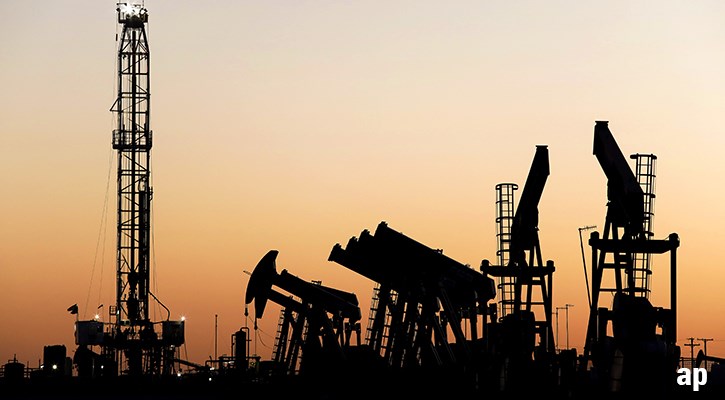
For our ESG special, our stock of the week has had a sustainable angle. We asked our Twitter followers to choose between a range of European green energy stocks, and it’s a dead heat between France’s waste and water group Veolia (VIE) and Denmark’s Orsted (ORSTED). After a tiebreak, Orsted, which designs, builds and operates wind and solar farms, was declared the narrow winner.
Orsted’s transformation from a coal producer to one of the world’s biggest renewable energy providers neatly tracks the transformation of the Europe’s energy priorities – and reflects the leadership of Scandinavia in green energy (see this week’s article ‘Europe’s Energy Market – Mapped’ for more on the continent’s energy mix). It’s also been in demand as an ESG stock amid a shortage of “pure play” listed companies in the renewable energy space. Formerly known as Dong Energy until 2017, Orsted has a net zero generation target by 2025 and zero carbon emissions by 2040 – and is now one of the largest producers of offshore wind power. As well as designing and constructing the physical infrastructure, Orsted signs power purchase agreements (PPAs) with companies to supply energy at fixed prices – for example, it signed a PPA with Amazon over a 10-year period as part of a German offshore wind project (although it has just sold part of this venture for DKr 9 billion).
Tracing its history back to the 1970s as state-owned Dansk Naturgas, the company is relatively new to the stock market, listing on the Copenhagen Stock Exchange in 2016. The shares have risen more than 200% since, hitting an all-time high of 1351 Danish krone per share (£153) in early January 2021 before slipping back to around DKr 913 at the end of October. That’s roughly where Morningstar analysts place the shares’ fair value, making Orsted a 3-star stock. They have recently reiterated the fair value estimate of DKr 920 for Orsted shares.
Early mover advantage and technical expertise back the company’s competitive advantage.“Orsted pioneered the offshore wind business and boasts strong know-how and a solid track record in this industry, which we expect to surge eightfold in the 2020s thanks to falling costs driven by technology improvements and key advantages over other renewable sources,” says Morningstar analyst Tancrede Fulop. With around 85% of its pre-tax profits coming from offshore wind farms, “Orsted has a unique business mix among European utilities,” he adds.
Orsted has a narrow economic moat, largely because of the generous subsidies available to the wind power industry across Europe, especially in the UK, Germany and Denmark, as well as in Taiwan and the United States. Europe is the most advanced offshore wind market in the world, but this market is maturing as subsidies start being phased out. Where else is the company targeting? The US is a higher growth market for offshore wind, and it will make up more than 40% of the planned installed capacity committed to by 2025. Overall, installed offshore wind capacity is expected to reach just under 10 GW in 2025 and Morningstar analysts expect a further 8GW of capacity to be commissioned between 2025 and 2030. Targets are everything these days, particularlly in renewable energy, where companies and governments keep re-setting the parameters of what is expected over the coming years. “As competitive pressure mounts in offshore wind, Orsted has materially upped its onshore wind and solar ambitions in June 2021, targeting 7.5 GW of gross capacity in 2030 and 13.1 GW on a net basis that we believe is within reach,” Fulop says.
There are risks associated with the industry, he adds, and Orsted itself has a “medium” risk rating. There’s exchange rate risk, as Orsted generates profits in the UK and Eurozone but reports in Danish krone (the pound has weakened since the Brexit vote against the krone). There’s construction risk too, as the company assumes the cost of building the wind farms – and the returns from these projects are uncertain too. Weather is unpredictable too, as are power prices, as European consumers have discovered recently. Fulop assumes that subsidies have a lifespan of 15 years but they are in decline across Europe as the industry matures. Rivals will also emerge, Fulop adds. “Mounting competition increases uncertainties on the returns of future projects and the amount of capacity additions in the future,” he says.
In terms of fund owners, Orsted makes up nearly 4% of the Neutral-rated Baillie Gifford Positive Change fund, according to Morningstar Direct data.




























